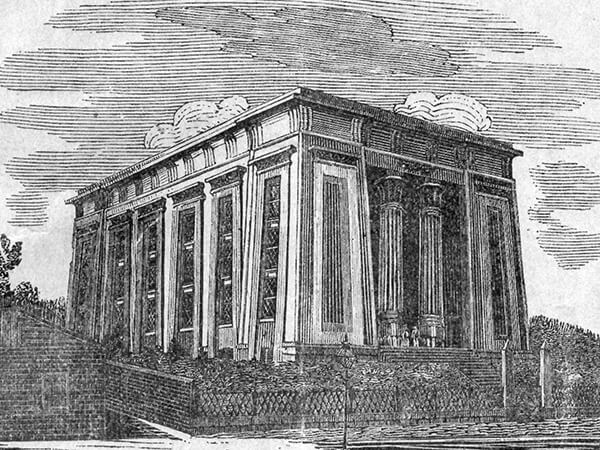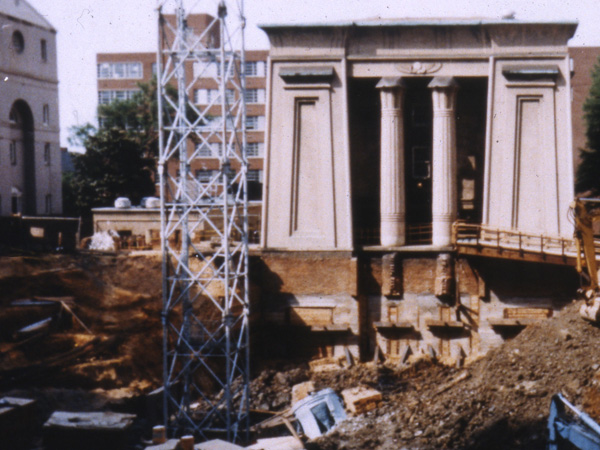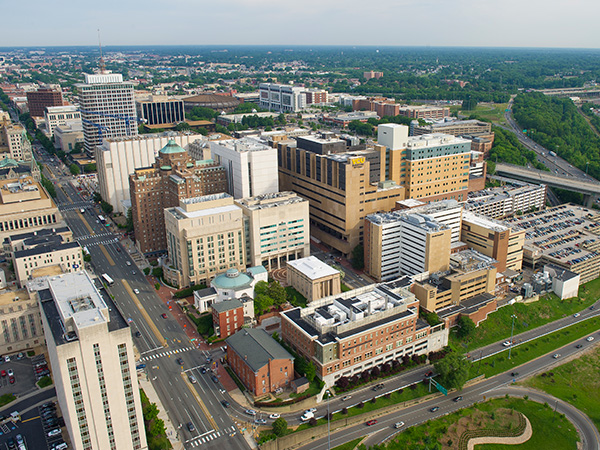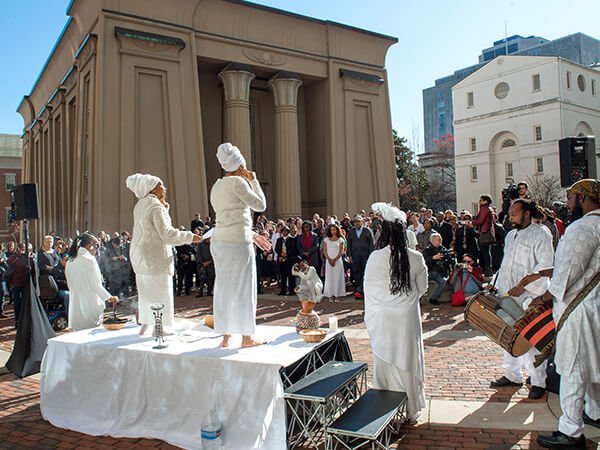
Recommendations
Representatives of the descendant community have put forth recommendations to support appropriate research, memorialization and interment of the individuals whose remains were discovered on the MCV campus.
Council and committees
Implementation Committees
In 2019, the East Marshall Street Well Implementation Committees on Interment and Memorialization and Research were formed to implement the final recommendations of the Family Representative Council.
Interment and Memorialization Committee
- Jonathan Bibbs
- P. Muzi Branch
- Kim Chen
- Carmen Foster, committee co-chair
- Sheryl Garland
- Miles Gordon
- Christopher Green
- Rhonda Keyes-Pleasants, committee co-chair
- Delegate Delores McQuinn
- Ryan Smith
- Stephanie Smith
Former committee members
- Melanie Buffington*
- John Kneebone
- Mark Olinger
- Karen Rader
Research Committee
- Thomas Briggs
- Stephen Davenport
- Jennifer Early
- Joseph Jones, committee co-chair
- Jodi Koste
- Tal Simmons
- Shawn Utsey
- Marsha Vandervall
- Joanna Wilson Green
- Theresa Zimmerman
Former committee members
- Monika Markowitz
- Crystal Noakes
- Lisa Webb
Planning Committee
The East Marshall Street Well Planning Committee implemented a community process that encouraged learning about the human remains discovered near East Marshall Street and sought community input in the formation of the Family Representative Council.
- Councilwoman Ellen Robertson, committee chair, vice president, Richmond City Council
- Rev. Dr. J. Elisha Burke, committee vice-chair, director of health ministry, Baptist General Convention of Virginia
- Ana Edwards, chair, Sacred Ground Historical Reclamation Project, Defenders for Freedom, Justice and Equality
- Joanna Wilson Green, archaeologist, Virginia Department of Historic Resources
- John Kneebone, associate professor and chair, Department of History, VCU
- Monika Markowitz, director of research integrity and ethics, Office of Research, VCU
- Delegate Delores McQuinn, Slave Trail Commission
- Larry Miller, former deputy director, Parks, Recreation and Community Facilities, City of Richmond
- Wanda Mitchell*, vice president for inclusive excellence, VCU
- Mark Olinger, director of planning and development review, City of Richmond
- Karen Rader, associate professor, Department of History, VCU
- John Ulmschneider, university librarian, VCU
- Shawn Utsey, professor, Department of Psychology, VCU
- Russ Uzzle, former university planner, Planning and Design, VCU
- Cricket White, Hope in the Cities
Planning Committee staff
- Kevin Allison, senior executive for special projects, VCU
- Stephen Davenport, budget director, Office of the President, VCU
- Kevin Harris, associate vice president for academic health sciences, VCU
- Mike Porter, associate vice president for public relations, VCU
Planning Committee consultants
- Michael Blakey, consultant, The College of William and Mary
- Don Edwards, CEO, senior facilitator, Justice & Sustainability Associates
- Brandon Mayo, project coordinator, Justice & Sustainability Associates
- Gwen Whiting, senior associate, Justice & Sustainability Associates
* deceased



